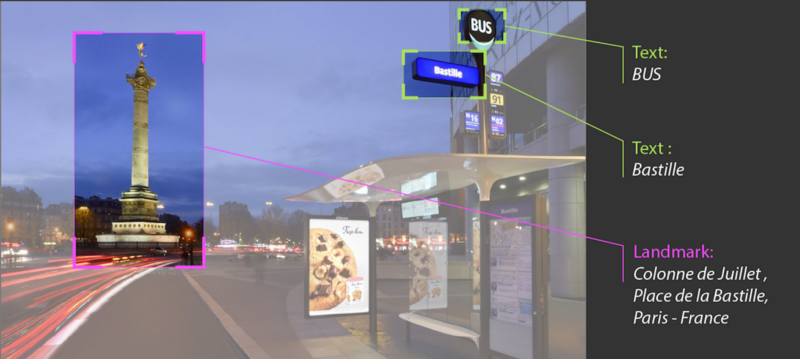Posted by Emmanuel Charon ● 11/6/17 1:33 AM
Leverage image intelligence for smarter secure business processes
The power of Machine Learning, Google Cloud Vision, and Data Loss Prevention at AODocs
2018 is here, and while you still don’t have your flying car, AODocs is working hard to bring you the most cutting-edge machine learning capabilities the market has to offer. This means incorporating image recognition technology into our machine learning processes. Rather than recreating the wheel, we tap into Google’s Cloud Vision API, the best image recognition technology on the market, to deliver powerful image analysis and classification features integrated with our document management and business application platform.
Whenever our customers upload images to AODocs, we are able to analyze them using the Google Cloud Vision API. From extracting text within an image using Optical Character Recognition (OCR) to detecting sensitive information using the Google Data Loss Prevention API, AODoc provides a wide variety of image analysis features. Here are some examples:

Extract text from images using OCR and recognize landmarks

Detect critical information and recognize logos
Now you may be wondering, how can this image intelligence help me improve my document management and business processes? Let us walk you through a common use case that we’re seeing with our customers which can undoubtedly be applied to your own business.
Reinforce security by preventing the dissemination of confidential information
Your company is likely storing a plethora of sensitive information from employee birth dates and addresses to credit card and Social Security numbers. The need to safeguard this information is paramount, most importantly to protect the people concerned, but also to avoid serious repercussions for your business. Accidentally disclosing this information can destroy your company’s reputation and cost you millions of dollars in lawsuits and lost revenue.
At AODocs, we draw on our machine learning capabilities to help companies protect sensitive information and prevent employees from accidentally sharing highly confidential documents and data.
For example, your HR department can create what we call “Share-Safe” libraries, meaning that any document or image in the library can be shared without the risk that it contains sensitive information. Whenever an employee adds or modifies a document in the Share-Share library, AODocs analyzes it and forbids the saving or updating of any document in which critical information is found.
To do this, AODocs leverages both the Google Cloud Vision and Data Loss Prevention APIs to automatically detect sensitive information like Social Security or credit card numbers. Documents in which critical information is found are reported to administrators, routed to a specified workflow path, and/or given stricter security settings. AODocs can also define which data should be considered confidential for a specific workflow. For example, you will undoubtedly want to define social security numbers as confidential but perhaps not phone numbers. If an employee’s social security number is accidentally added to the Share-Safe folder, it will immediately be flagged by AODocs and handled accordingly.
Our machine learning experts and data scientists are working everyday to solve concrete problems for our customers, bringing them faster processes, better quality data, and reinforced security. If you’d like a live demo of our data loss prevention capabilities or want to see something more customized to your needs, please don’t hesitate to contact us.
All of this talk about data protection is also a good reminder that GDPR (General Data Protection Regulation) takes effect in May 2018. GDPR will dramatically increase the fines for data loss in Europe. Watch this space for the latest news on GDPR and how AODocs can help.

Tags: Security
